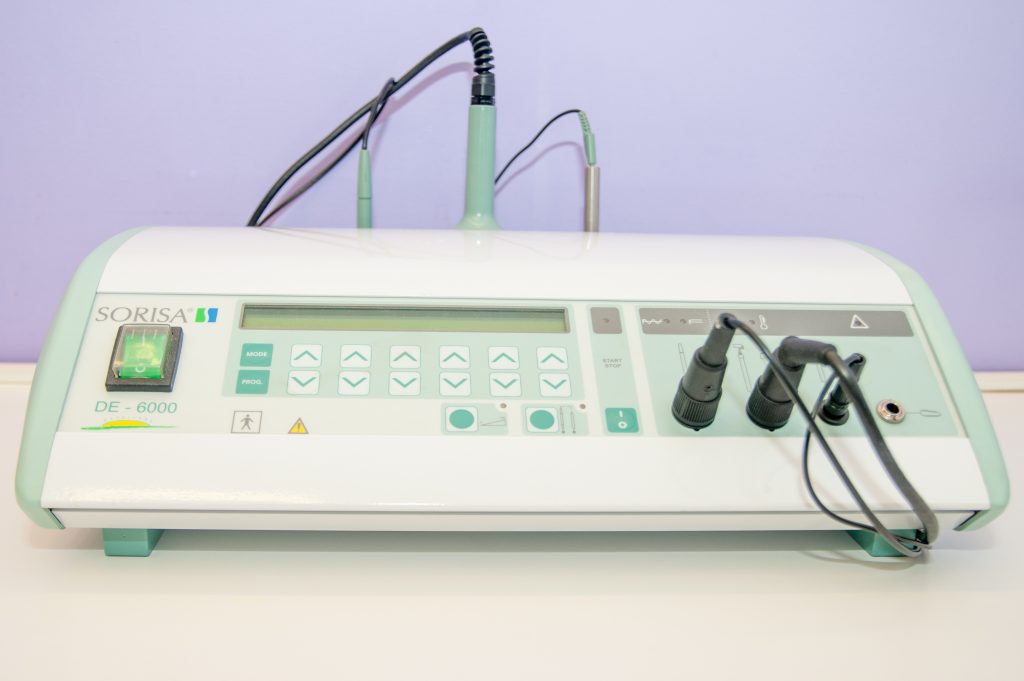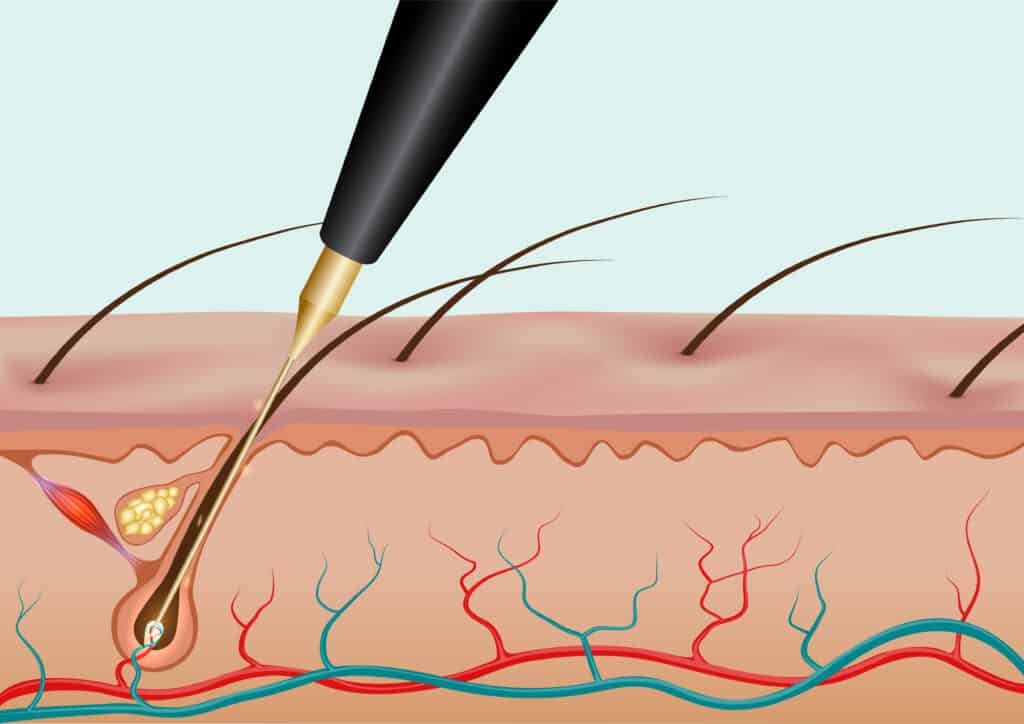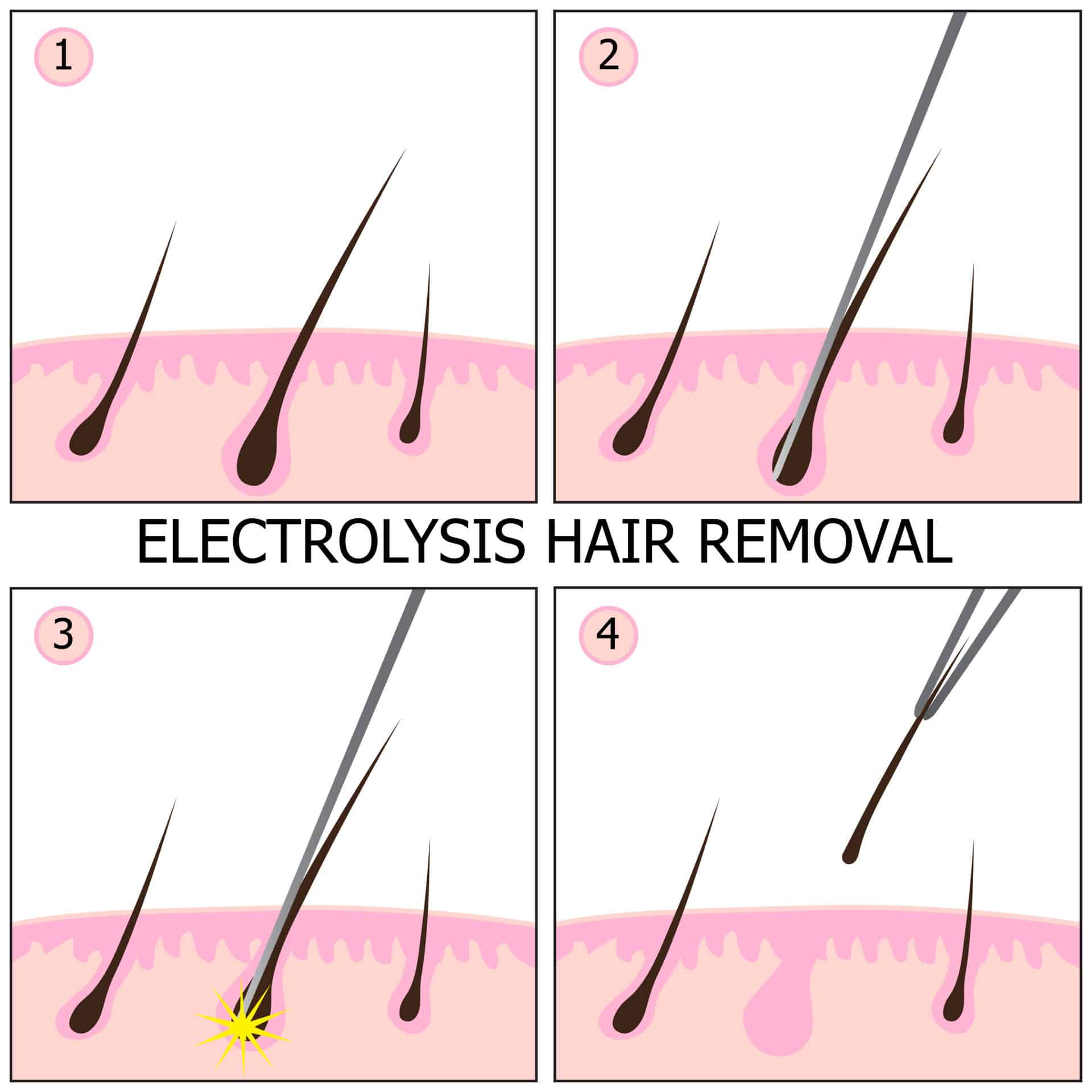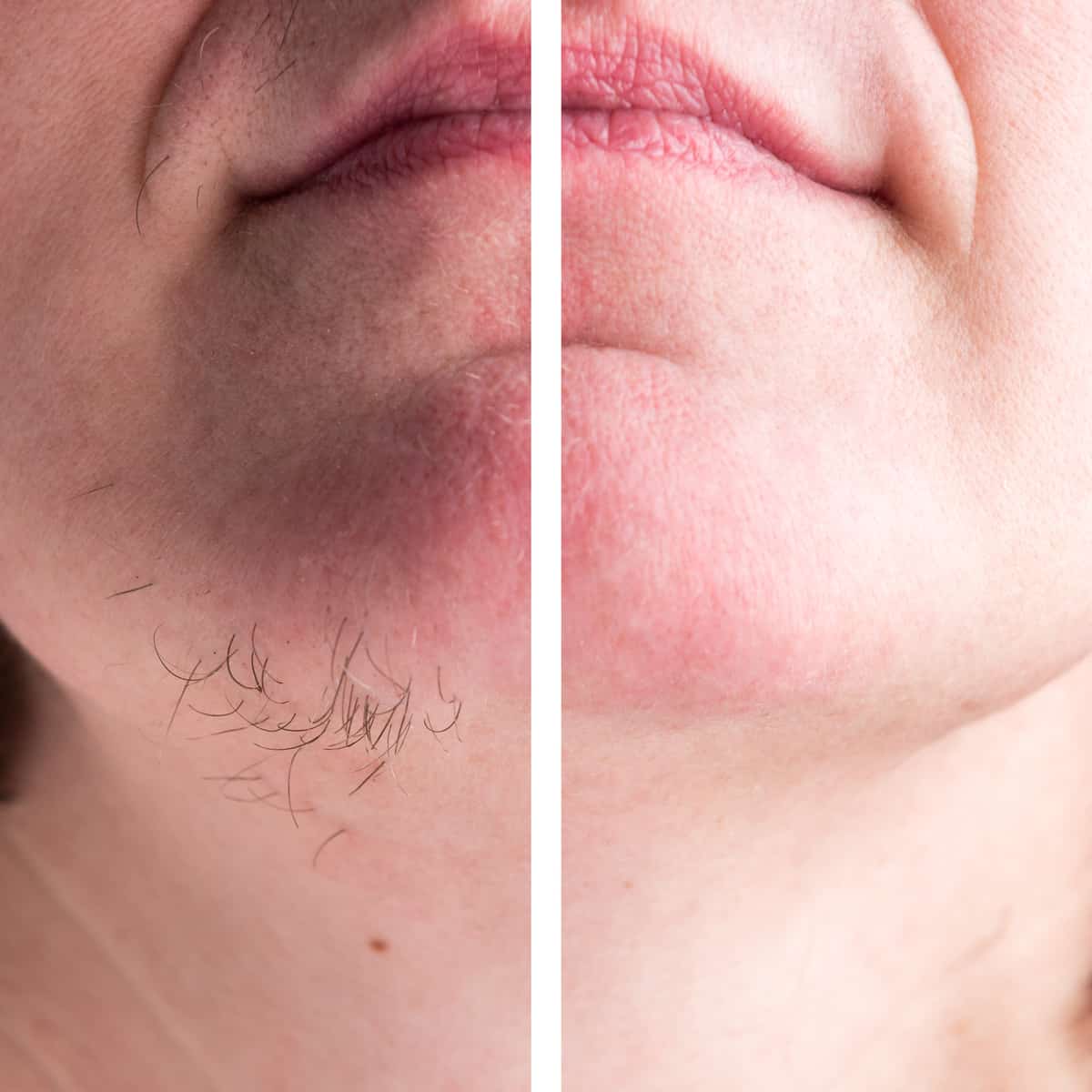- The time of application of the current
Excessive time destroys the entire hair follicle while on the contrary insufficient time does not lead to destruction of hair regenerative cells.
- The intensity of the electric current
Excessive current can cause permanent damage to the skin. The appropriate price intensity, which also depends on the quality of the skin, is given by reference tables. The most important thing is that the application time is properly combined with the intensity of the electric current.
- The diameter of the needle
The very fine needle helps to have a high current density and a strong high frequency field in a small volume of tissue.
- The insertion depth of the needle
The insertion depth of the needle depends on the size of the follicles. In the small pockets we want a small depth of penetration so as not to injure the skin, while in the deep pockets more depth is required.
We examine the quality of the skin because we are interested in its water content, its hardness and its age. As we know the water content of the skin increases from the epidermis to the inside of the tissues. In this way the high frequency current does not affect the surface layers but the inner ones. So because young skin is more hydrated than the more mature skin the experience of the specialist for radical hair removal is the one that will make the right combination of all the above parameters.






